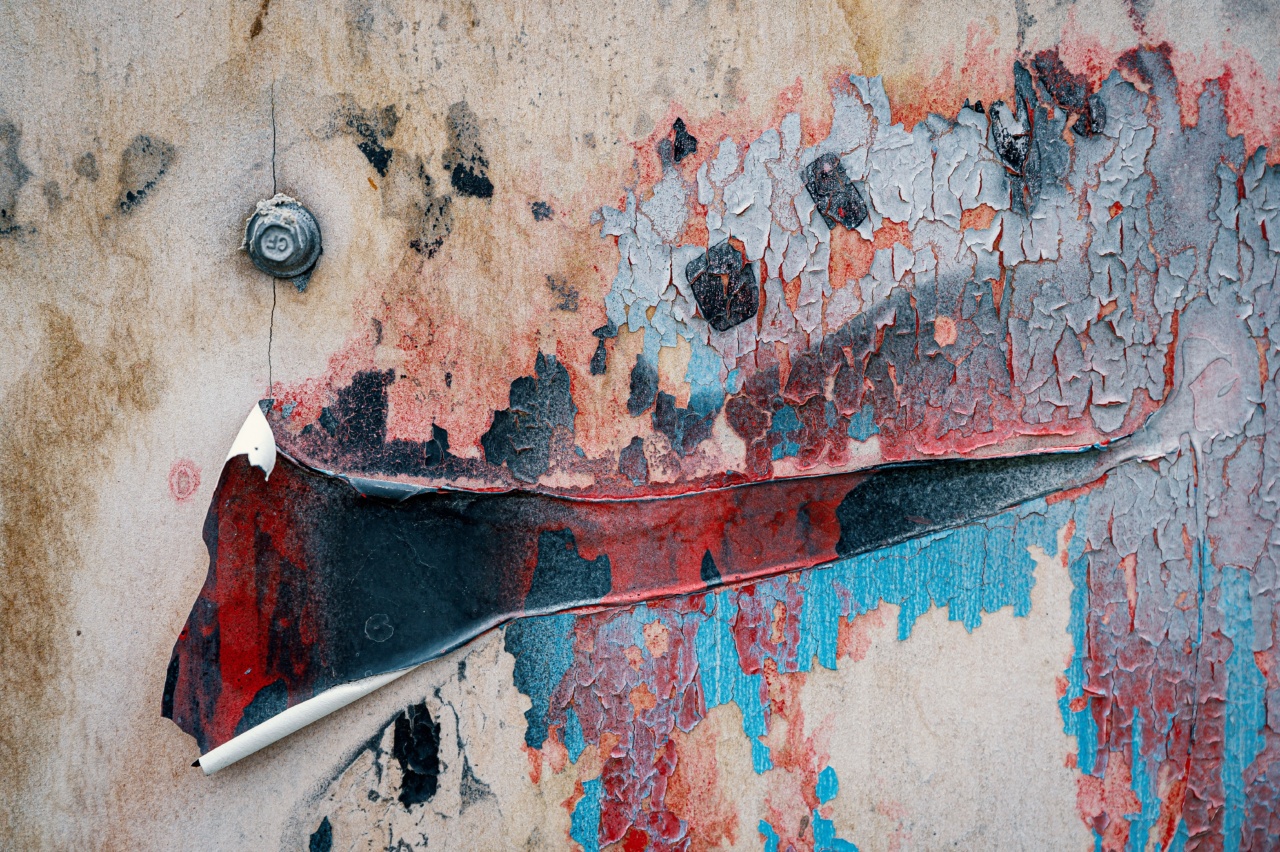Mold allergies can cause discomfort and annoyance for many individuals. Mold is a type of fungus that grows in damp and humid environments. When mold spores are released into the air, they can trigger allergic reactions in sensitive individuals.
In this article, we will explore the common symptoms of mold allergies and discuss effective treatments to manage this condition.
Understanding Mold Allergies
Before diving into the symptoms and treatments, it’s essential to have a basic understanding of mold allergies. Mold allergies occur when the immune system mistakenly identifies mold spores as harmful substances.
In response, the body releases chemicals, including histamine, to fight off the perceived threat. This immune response leads to allergy symptoms, such as sneezing, runny nose, and itchy eyes.
Common Symptoms of Mold Allergies
When exposed to mold, individuals with mold allergies may experience a range of symptoms. These symptoms can vary from person to person, but some of the most commonly reported ones include:.
- Sneezing: Frequent and repetitive sneezing is a typical symptom of mold allergies.
- Runny or stuffy nose: Allergic rhinitis caused by mold can result in persistent nasal congestion or excessive nasal discharge.
- Coughing: Mold spores irritate the respiratory system, leading to a dry or productive cough.
- Itchy or watery eyes: Red, itchy, and watery eyes are common manifestations of mold allergies.
- Skin rash or hives: In some cases, direct contact with mold or inhaling large amounts of mold spores can cause skin reactions like rashes or hives.
- Wheezing: Mold allergies may trigger wheezing or difficulty breathing, especially in individuals with asthma.
It’s important to note that these symptoms can also be attributed to other respiratory conditions or allergies. If you suspect mold allergies, it’s advisable to consult a healthcare professional for an accurate diagnosis.
Diagnosing Mold Allergies
A healthcare professional can help diagnose mold allergies through various methods. They may perform a physical examination and ask about your symptoms and medical history. Additionally, they may conduct the following tests:.
- Skin prick test: A small amount of mold allergen extract is applied to your skin through a tiny puncture or prick. If you’re allergic to mold, you may develop a raised bump or reaction at the test site.
- Blood test: A blood sample is taken to measure the levels of antibodies specific to mold allergens in your bloodstream. Elevated antibody levels indicate an allergic response to mold.
- Elimination diet: In some cases, a healthcare professional may recommend an elimination diet to identify potential food-related allergies that could exacerbate mold allergy symptoms.
Managing Mold Allergies
While complete avoidance of mold is challenging, there are several steps you can take to manage mold allergies effectively.
1. Reduce Exposure to Mold Spores
To minimize your exposure to mold spores, follow these guidelines:.
- Keep indoor humidity below 50% using dehumidifiers if necessary. This measure helps inhibit mold growth.
- Fix any leaks or water damage in your home promptly. Mold thrives in damp environments.
- Ensure proper ventilation in bathrooms, kitchens, and other areas prone to moisture buildup.
- Clean damp surfaces with mold-killing products, such as bleach or vinegar, to prevent mold growth.
- Avoid outdoor activities during peak mold seasons, such as late summer and fall, when mold spore counts are high.
2. Use Allergy-Proof Bedding
Invest in allergen-proof bedding covers. These covers act as a barrier, preventing mold spores and other allergens from accumulating in your pillows and mattresses.
3. Keep Your Living Space Clean
Regularly clean your living space to remove mold spores. Vacuum carpets and upholstery using a vacuum cleaner equipped with a HEPA (high-efficiency particulate air) filter. Wipe down hard surfaces with mold-killing cleaning agents.
4. Consider Air Purifiers
Air purifiers with HEPA filters can help remove mold spores from the air, reducing the overall allergen load in your home.
5. Seek Medical Treatment
If your mold allergy symptoms persist despite these preventive measures, seek medical treatment. A healthcare professional may recommend over-the-counter or prescription medications to alleviate your symptoms. Some common treatments include:.
- Antihistamines: These medications help reduce sneezing, itching, and runny nose by blocking the histamine release in your body.
- Nasal corticosteroids: Nasal sprays containing corticosteroids can help reduce inflammation in the nasal passages, relieving congestion and other allergy symptoms.
- Decongestants: If nasal congestion is a persistent problem, oral or nasal decongestants may provide temporary relief by shrinking swollen blood vessels in the nasal passages.
- Allergy shots (immunotherapy): Allergy shots may be recommended for individuals with severe mold allergies who do not respond well to other treatments. These shots gradually expose your body to mold allergens, helping your immune system build tolerance over time.
It’s crucial to consult a healthcare professional before starting any new medication or treatment regimen to ensure it is suitable for your specific needs.
Conclusion
Mold allergies can significantly impact an individual’s quality of life.
By recognizing the common symptoms and implementing effective treatments, individuals with mold allergies can effectively manage their condition and reduce exposure to mold spores. Remember to consult a healthcare professional for an accurate diagnosis and personalized treatment plan. With proper management and preventive measures, individuals with mold allergies can lead a healthier and symptom-free life.






























